Have a look at the following pics taken in the city of Chuquicamata, Chile.
What stands out? There is nobody around. Chuquicamata is an inhabited town or, equally (but more charmingly) said, it is a Ghost town. A stadium, playgrounds, schools, offices, even a theater, but nobody there to use them. Trees dry and die out, roads get dustier, buildings crumble, and the only ones who can witness this are touristic guides.
Chuquicamata, often called just Chuqui, lies in the northern part of Chile, in the middle of the Atacama desert, a stripe of land between the Pacific Earth and the Andes known for being the driest area on Earth, as well as the ideal setting for professional and backyard astronomy. Getting to Chuqui is not easy: first you have first to reach the close (alive) town of Calama, that you can do with a 24 hours bus trip from Santiago, or by making your way somehow from the south of Bolivia or Perù, or again from Santiago with a flight that lands in a middle-of-nowhere tiny airport. From Calama then you have to reach Chuqui with a trip organized by the mining company (write to VISITAS@codelco.cl), since free access is not permitted.
Ghost towns usually witnessed economic or political failures, or natural catastrophes: an economic boost that died out, earthquakes, a volcano eruption. The Atacama desert hosts many of those: Humberstone, Santa Laura, Chacabuco are only some of the leftovers of the Nitratine (a mineral used in fertilizers and other chemical compounds) business, that rocked Chile at the beginning of the 20th century and declined in the ’50s. Chuqui instead is proudly shown by the Chilean government to testify its economic growth and its role in international economics. For Chuqui is also the name of the nearby huge copper mine – the biggest open one in the world in fact, nearly 1 km deep – where as many as 16,000 people have their job and 443,000 tons of copper are produced per year. The mountains that you see surrounding the city in the previous pictures are made of production scraps. Copper feeds Chilean economy (its exportation represents one third of the government income) and international (especially China’s) hunger for (not only) wires and electrical components. The status of copper as Chile’s Red Gold is witnessed by the renown Centro Cultural Gabriela Mistral in Santiago, which is completely covered with it.
By the way, (part of) the open pit looks like this. The dots you see are huge trucks.
In a country where mining is so important to have a ministry of its own (Ministerio de Minería) it is not surprising that the operations at Chuqui are run by a state-owned company, named Codelco. It was founded in 1955 when Chile started the process of nationalization of copper, and took complete control over the mine during the Salvador Allende government in 1973. This control was left untouched even by Pinochet, despite its pro-foreign companies views. But the mine has not always been under Chilean control. After centuries of unprofessional mining, the Guggenheim family (from US) smelled the business and founded the Chile Exploration Company (Chilex) in 1912 to professional extract the copper from Chuqui.
The nearby town of Chuquicamata started to systematically grow around that time to host miners, engineers, visiting businessmen, and everyone who came looking for a well paid job: nowadays, a truck driver working in the mine can earn 6,000 $ a month. In 2002, Chuqui counted about 20,000 inhabitants. So, what turned it into a ghost town? Two main reasons: first, as the request for copper was increasing, the mine was getting bigger and it needed more room to expand. Second, the high incidence of diseases among the inhabitants, mostly due to the massive presence of arsenic and sulfur in the air. In his book Desert Memories, Ariel Dorfman reports the story (legend?) of a miner from Chuqui that died while being in vacation in Madrid: he had so much arsenic in his blood that his wife was suspected of having poisoned him and arrested by the local police.
So between 2002 and 2008 people from Chuqui were relocated in the nearby Calama, after exhausting negotiations – being copper the vital ganglion of Chilean economy, trade unions of miners have a huge power. But working in the mine in Chuqui still means jeopardizing your health, and people who take a job there know that a high salary comes with a low life expectancy (I could not find explicit statistics on this, but informed people told me many miners do not get into their fifties). Even for just visiting the mine for one hour or so, you must wear long sleeves and trousers, and closed shoes.
This risky lifestyle is shared by many miners in South America, from those extracting rare earths in Potosi, Bolivia, to the ones from Peru. But the governments and the miners seem to accept to pay this price: the latter to maintain a good lifestyle, the former to keep propelling South America’s economic growth.
To learn more about Chuqui, you can read Ariel Dorfman’s already mentioned Desert Memories (chapter Mountains of fire), or look here or here. And you may have forgotten about it, but you probably have already heard about Chuqui, see the video below.

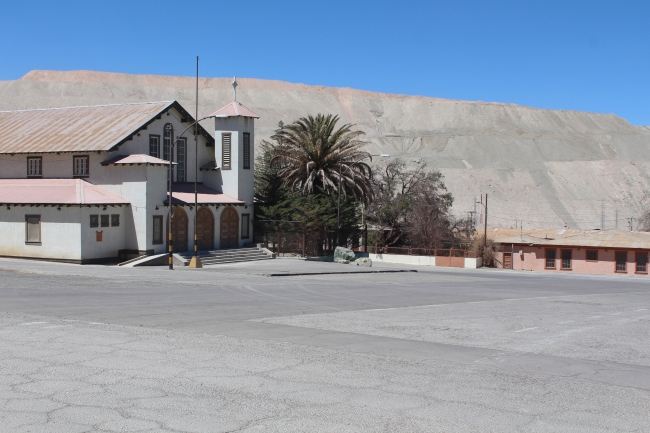
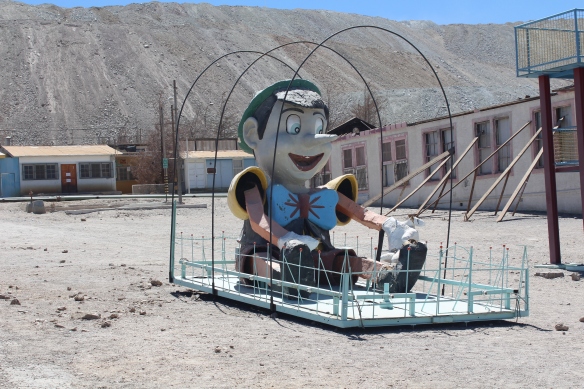
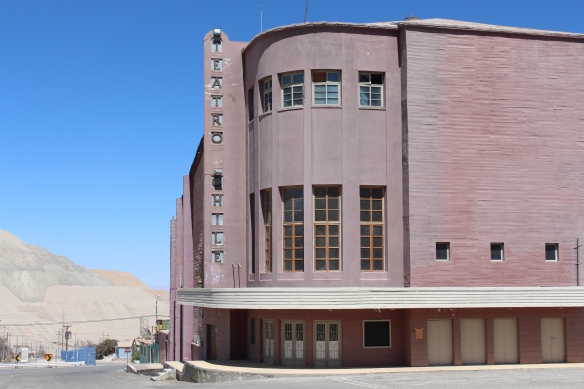
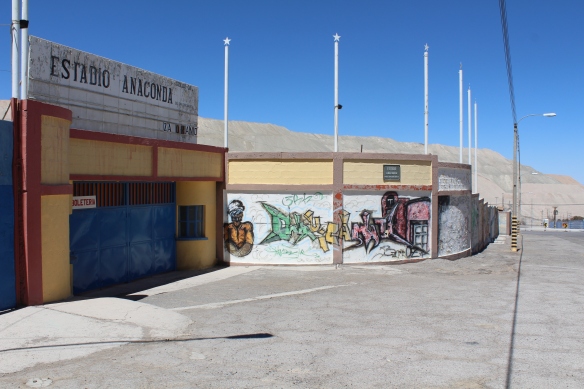
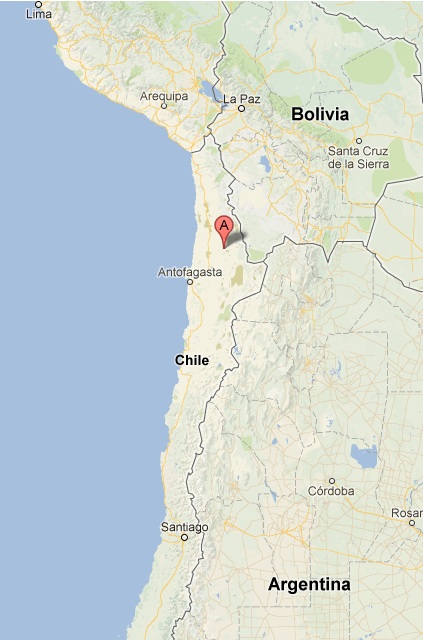
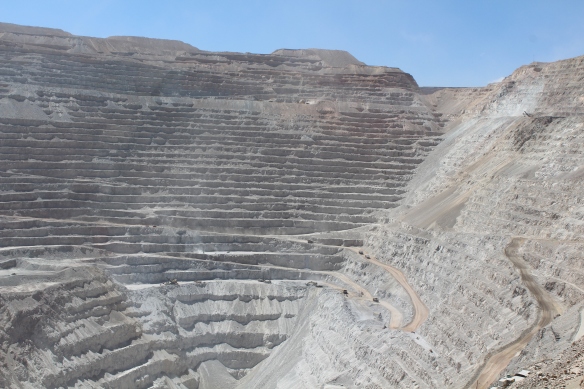
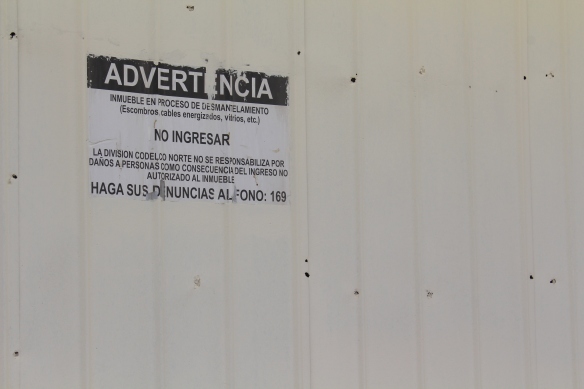
Pingback: Chuquicamata, Chile | ChristianBookBarn.com
I lived as a child in Chuqui from 1931 to 1942. I would so much like to see photos of the town from that time span. Better yet, to hear from another person who lived in Chuqui during the 1930s. R.I. Gara
You must be related to Marina de Gara, who was my teacher in the Chuqui School;my family left Chuqui in 1942, and I have returned many times on business. I ended up in the Mining business. There is a website, I am now looking for, that was started by FRED HARGREAVE FAMILY, WHEN I CAME ACROSS THIS CITE. PLEASE RESPOND.
VIVA CHILE
DON ASHE
Yes, my mother was Marina Gara! It was good to hear from you.
I grew up in Chuqui. My father was an electrical engineer at the power plant. My mother was a school teacher at the American School.